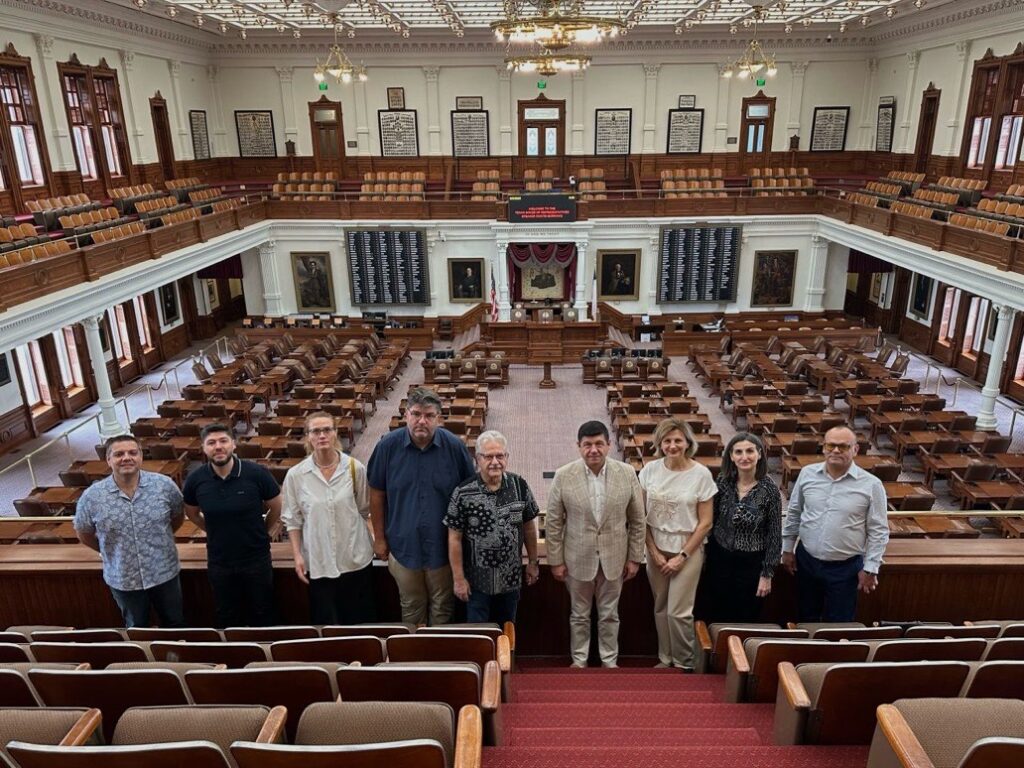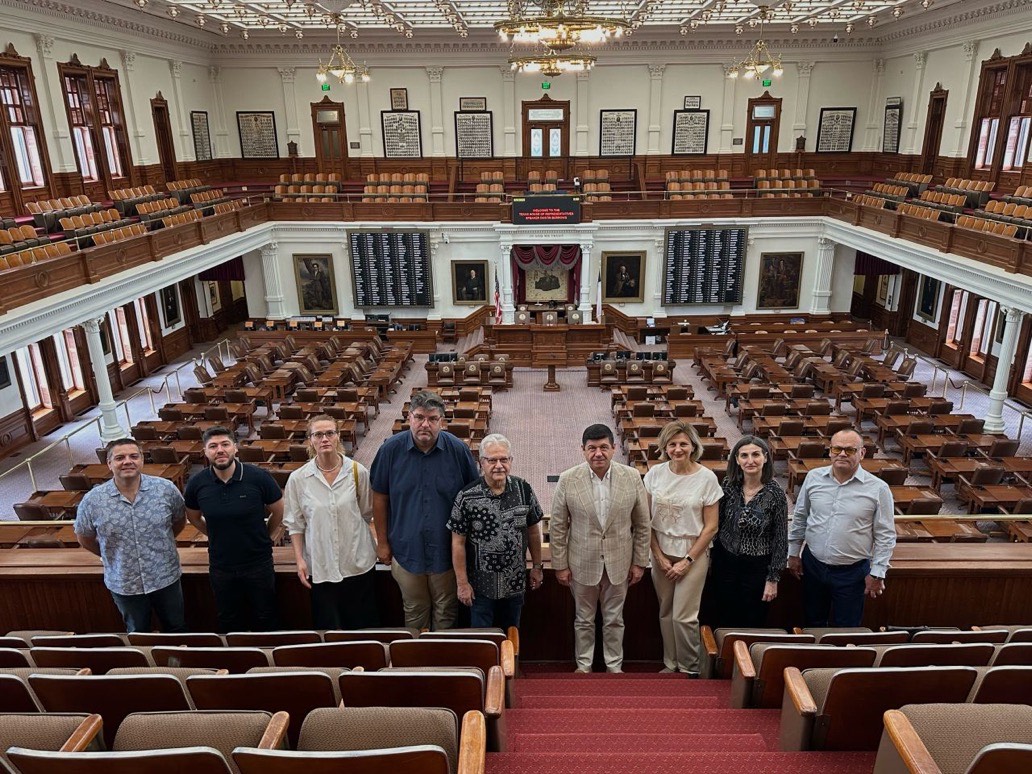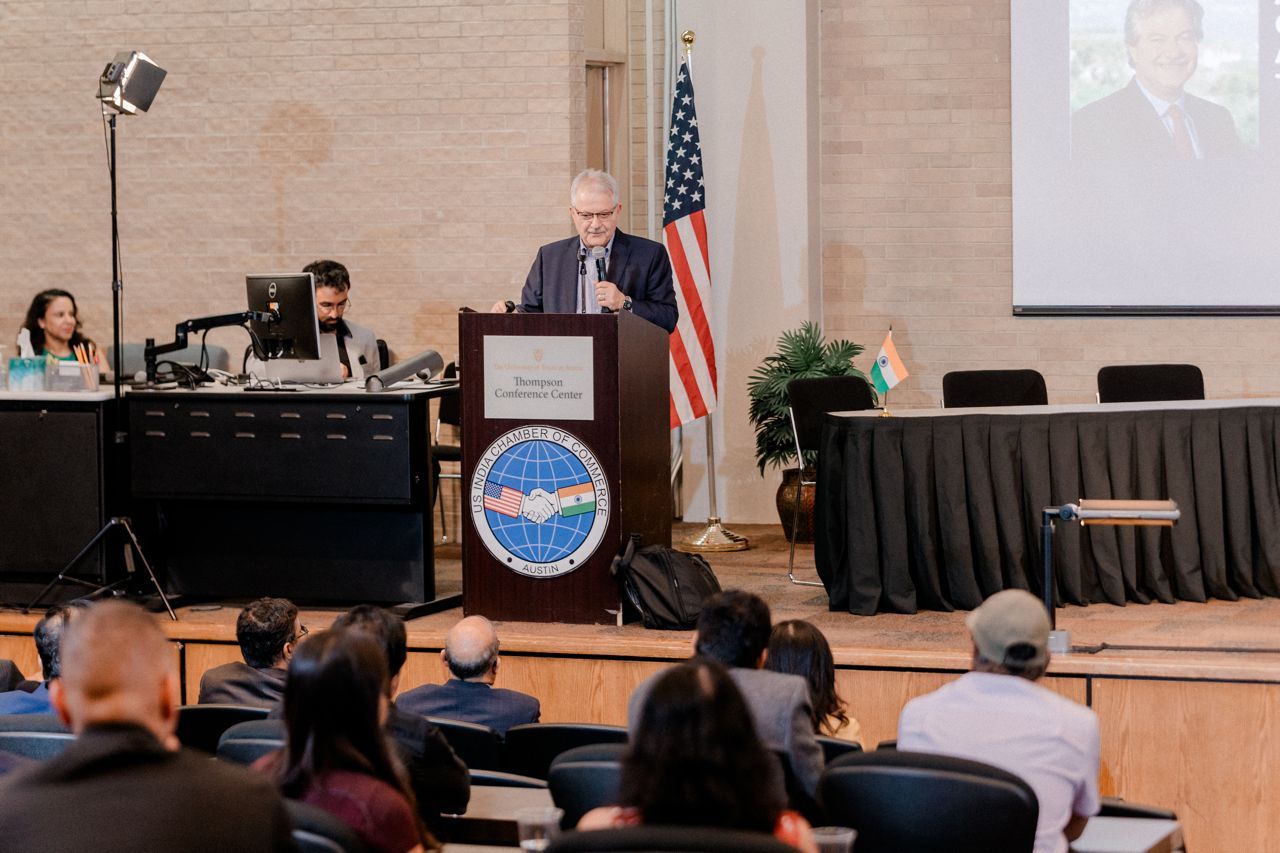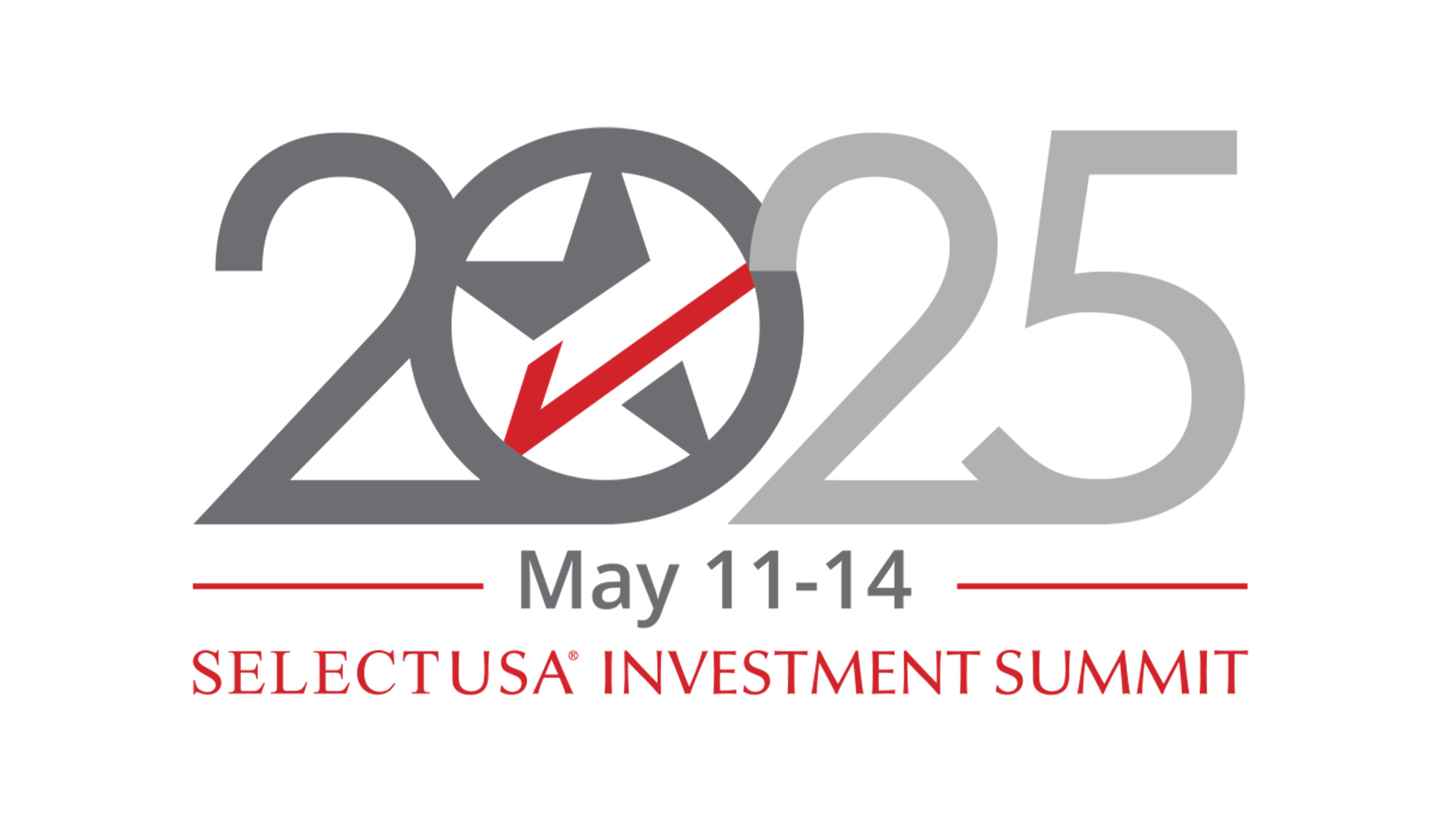By Nicholas Samuel
Director of Research
When we talk about economic incentives, we often get into the weeds much too quickly. When planning for local economic development, we all want to make sound policy that produces accurate results. That is why when reviewing incentive policy, it is best to take a step back and try to better understand what economic incentives do, why they may or may not find support, and what other kinds of activities we might decide to incentivize if we put all options on the table.
Economic incentives work to push actors in the economy toward specified activities. They are policies aimed at business owners, workers, investors, or consumers. Economic incentives are generally made through monetary transfers or concessions, either in the form of cash, tax exemptions or rebates, grants, loans, or public investments. They can be used to incentivize investment generally or tied to specific kind of investment (e.g. façades, R&D, etc.). Sometimes we may be interested in incentivizing new jobs to move to a community, through a relocation or expansion, and sometimes we may be incentivizing business to become more competitive or help their workers gain skills.
If we think about incentives in a purely economic sense, businesses are interested because they help to lower operating costs and connect them to services or new infrastructure. Lowering the cost of investment allows for the greater likelihood of business expansion (in terms of products and services offered, new buildings, or hiring additional employees) and can allow them to become more competitive.
Political jurisdictions have interests in using them because they allow them to compete for investments that they may otherwise not be successful in obtaining and they help to make new investments by current businesses feasible. Incentives can make places that find it hard to compete on price more competitive by offsetting operating costs. They also allow places that may have certain advantages not associated with operating costs, such as the presence of skilled labor or a greater access to consumers, grow specific types of businesses.
When targeted, economic incentives are a means of helping places to more easily meet their economic goals. They can show that political leaders are willing to make the local business climate more amenable to economic growth. However, like many things in politics, local policymakers are often constrained by what is politically feasible.
It is relatively easy to identify the faults and pitfalls of economic incentives. On one level, economic incentives lead to market distortions that can either prolong the inevitable decline of industries (either in a local sense or at the scale of the nation-state) or benefit well-connected and established businesses at the expense of new businesses given that the knowledge of how to obtain economic incentives is not usually widespread. Many also point to the fact that municipalities, counties, and other local jurisdictions have finite sources of funds and, thereby, often leads to tough decisions about how to best support local priorities or make longer term investments.
Incentives can also promote economic inequality, and thereby reduce the economic opportunity for a greater number of residents, if their benefits do not lead to new jobs or investments. At the level of the nation-state, economic incentives that simply move businesses from one political jurisdiction to another do not contribute to new job creation. There may be associated benefits with such a move, but at the national level they are zero sum.
Sound incentive policymaking should attempt to avoid these pitfalls and address these criticisms. Economic incentives are best used when they are a decisive factor in a location decision (or meet a “but for” qualification regarding incentivizing specific investments) and when they are incentivizing ‘basic’ industries, or those that chiefly export their goods and services to other places. This can help to ensure that incentives go to the creation of new jobs and investments. The best incentive policies would have strict qualifications and include clawback provisions to make certain that funds are spent in an efficient and targeted manner.
To avoid situations where local leaders must make tough decisions about funding public services, economic incentives should be funded through dedicated sources and have public approval, either through the ballot box or through sufficient accountability and transparency. Private buy-in and monetary support can ensure that public entities see at least some return on their investments.
Even the best made policies around economic incentives may not truly lead to the best outcomes because traditional incentives might not be the best way to achieve results desired by a given community. In some cases, “product improvement” investments (relating to mobility, health, or housing) may more directly solve important issues that determine business investments and economic opportunities for residents.
Out of the box ideas may also help communities solve problems associated with a lack of economic investments, while adding to their notoriety. In many ways, an idea like a universal basic income could be considered an economic incentive, as some individuals might choose to start businesses if they would not have to rely on earned income. Or perhaps, if our main priority is increase the number of business starts, funds or “scholarships” for high school graduates could be given to open a business. Non-traditional incentive programs may offer more direct results for local economic developers.
Many communities, from cities to states, have put in place smart policies to ensure that economic incentives are helping them reach their economic goals. Yet, if we take a step back even further, and think hard about what incentive policies are trying to do, we can find that there is room for greater imagination and innovation in the world of incentive policy.














